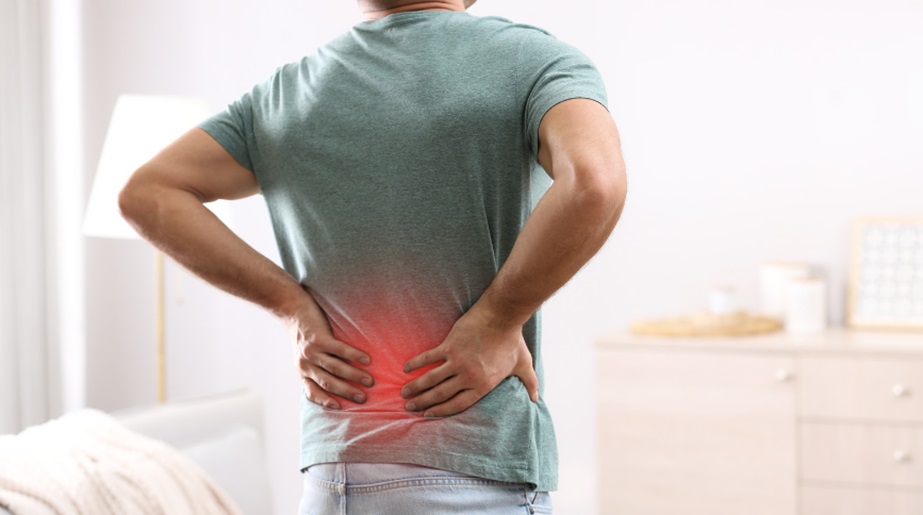Back pain is a common ailment that affects a large portion of the population, causing discomfort and limiting daily activities. With advancements in technology, traction machines have become a pivotal solution for those seeking relief. A traction machine for the lower back is designed to alleviate pressure on the spine, providing a non-invasive treatment option for pain management.
Understanding Spinal Traction
Spinal traction involves the application of a pulling force to the spinal column aimed at decompressing the vertebrae. This process helps in stretching the muscles and ligaments surrounding the spine, which can reduce muscle spasms and nerve compression. Over time, this technique has been refined and integrated into modern traction machines, making them more effective and accessible.
How Traction Machines Work
Traction machines are engineered to deliver precise and controlled traction to the lumbar region. They typically feature adjustable settings that cater to the specific needs of each patient. By gently pulling the spine, the machine creates space between the vertebrae, which can lead to immediate pain relief and improved mobility. This method is not only beneficial for chronic back pain sufferers but also aids in the recovery from acute injuries.
Benefits of Using Traction Machines
One of the primary advantages of using traction machines is their ability to provide drug-free pain relief. Patients who are wary of medication side effects or surgical interventions often turn to traction therapy as a safer alternative. Additionally, traction machines can be used in clinical settings or as part of a home treatment plan, offering flexibility in managing back pain.
Choosing the Right Traction Machine
Choosing the right machine is vital for effective treatment. Several factors must be taken into account, such as the machine’s features, user-friendliness, and adjustability. Understanding how to select a traction machine for lower back pain is essential, as investing in the appropriate equipment can significantly enhance the therapy experience and lead to improved outcomes.
The Role of Traction Machines in Rehabilitation
Beyond pain relief, traction machines play a significant role in the rehabilitation process. They aid in the restoration of spinal alignment and posture, which is essential for preventing future injuries. Regular use can also improve blood circulation and promote healing by reducing inflammation around the affected area.
Conclusion
The science behind traction machines highlights their potential as a valuable tool in back pain management. Offering a blend of traditional therapy techniques and modern technology, these machines provide a holistic approach to treating varying degrees of spinal ailments. As research continues to support their efficacy, traction machines will likely remain a staple in both clinical and home settings for those seeking a path to recovery and enhanced quality of life.
Frequently Asked Questions
1. Are traction machines safe for home use?
Yes, many traction machines are designed for home use and come with user-friendly instructions. However, it is advisable to consult a healthcare professional before starting any new treatment.
2. How soon can results be expected from using a traction machine?
Results can vary based on the individual’s condition and consistency of use. Some people experience relief within a few sessions, while others may require extended treatment.
3. Can traction machines be used for conditions other than back pain?
While primarily used for back pain, traction machines can also assist in treating neck pain and improving overall spinal health. However, it’s important to use the machine as directed for specific conditions.





